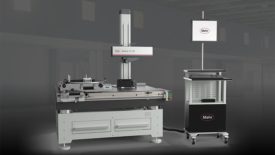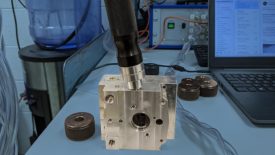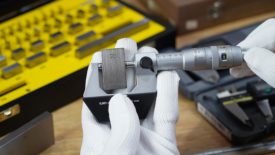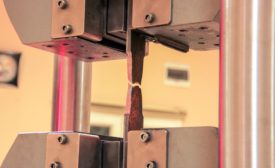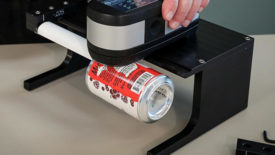Measurement
The Spending Forecast is Here
Concerns about Covid-19 are down, but inflation worries are up.
Face of Quality | Jim L. Smith
Should Quality Professionals Focus on Soft Skills?
December 16, 2022
Automation Makes Surface Measurement More Reliable in a Production Environment
Automation has numerous benefits for surface finish measurement.
December 14, 2022
Face of Quality | Jim L. Smith
Workplace Culture Influences Employee Attitudes
Management Influences Attitude
November 24, 2022
Quality 101
Air Gaging Basics: The 4 W’s
What, who, why, and where of air gaging.
November 23, 2022
Accurate Measuring
Calibration of Measuring Devices
Calibration of measuring devices deals with one of the three sources of uncertainty: accuracy.
November 8, 2022
Face of Quality | Jim L. Smith
Organizations Need Committed People to Succeed
October 15, 2022
NDT | Force Testing
A Case for Distance Accuracy in Force Measurement
When in doubt, specify a force tester with the tightest and most complete distance accuracy specification necessary for the application.
October 11, 2022
Software & Analysis
Integrating QC Measurement Data Into Manufacturing Systems
The best wireless data collection systems can dramatically increase productivity, remove the potential for errors, provide complete documentation and automate the data acquisition process.
October 10, 2022
Color Measurement
Is Your Color Workflow Resilient for Today’s Supply Challenges?
Capturing and analyzing color data can help identify areas for improvement.
October 1, 2022
Stay in the know with Quality’s comprehensive coverage of
the manufacturing and metrology industries.
eNewsletter | Website | eMagazine
JOIN TODAY!Copyright ©2024. All Rights Reserved BNP Media.
Design, CMS, Hosting & Web Development :: ePublishing




